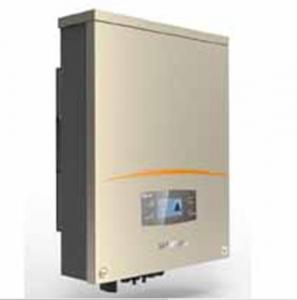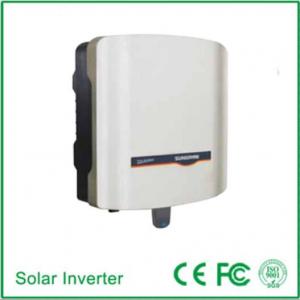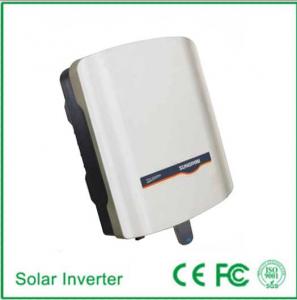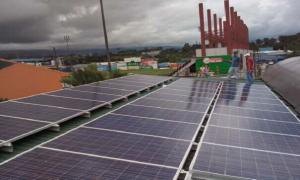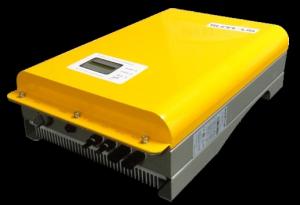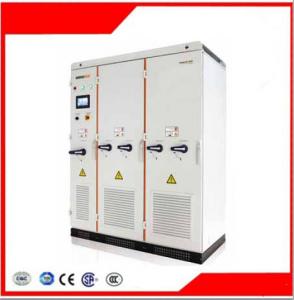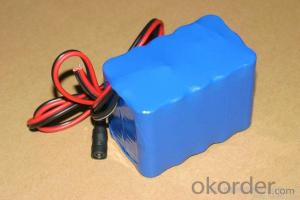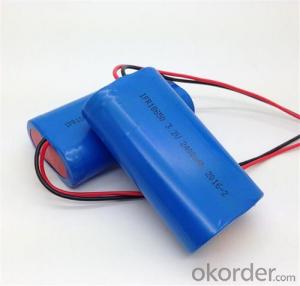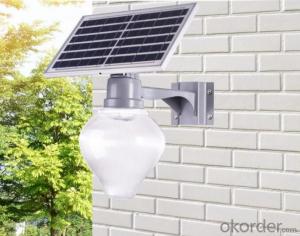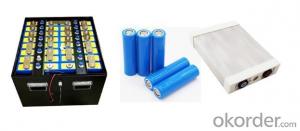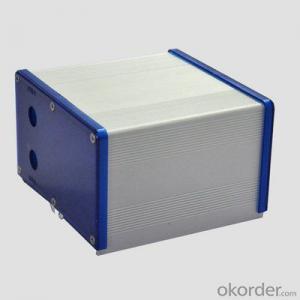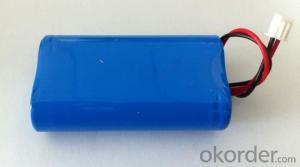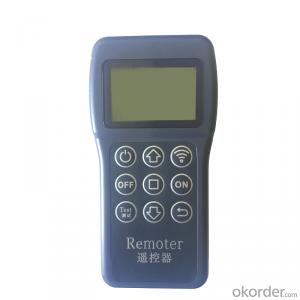Solar Grid Inverter
Solar Grid Inverter Related Searches
Solar Power Grid Inverter Grid Connected Solar Inverter On Grid Solar Power Inverter On Grid Solar System Inverter On Grid Solar Inverter Grid Assisted Solar Inverter Solar Solar Inverter On Grid Inverter Solar Grid-Tied Solar Inverter Solar Generator Inverter Solar Off Grid Inverter Solar System Inverter Grid Tie Inverter Solar Sun Solar Inverter Solar Electric Inverter Solar Hybrid Inverter Solar Hybrid Inverter On Grid Solar Grid Inverter Price Solar Energy Inverter Solar Plant Inverter Solar Smart Inverter Solar Module Inverter On Grid Hybrid Solar Inverter Solar Hybrid Grid Tie Inverter Solar Inverter On/Off Grid Solar Grid Tied Inverter Solar Inverter Generator Solar System Grid Tie Inverter Microgrid Solar Inverter Off Grid Solar System InverterSolar Grid Inverter Supplier & Manufacturer from China
Solar Grid Inverter is a crucial component in solar energy systems, responsible for converting the direct current (DC) generated by solar panels into alternating current (AC) that can be fed into the power grid or used by electrical appliances. This product plays a vital role in ensuring the efficient and reliable operation of solar power systems, making it an essential part of renewable energy solutions.The application and usage scenarios for Solar Grid Inverters are vast, ranging from residential rooftop installations to large-scale commercial and industrial solar farms. They are also used in off-grid systems, where they help to store and manage energy for remote locations without access to the main power grid. These inverters are designed to work seamlessly with solar panels, battery storage systems, and grid-tied setups, providing a reliable and efficient means of harnessing solar energy.
Okorder.com is a leading wholesale supplier of Solar Grid Inverters, boasting a large inventory of high-quality products from various reputable manufacturers. With a commitment to customer satisfaction and a focus on providing reliable and efficient solutions, Okorder.com ensures that customers have access to the best Solar Grid Inverters for their specific needs and applications.
Hot Products

























